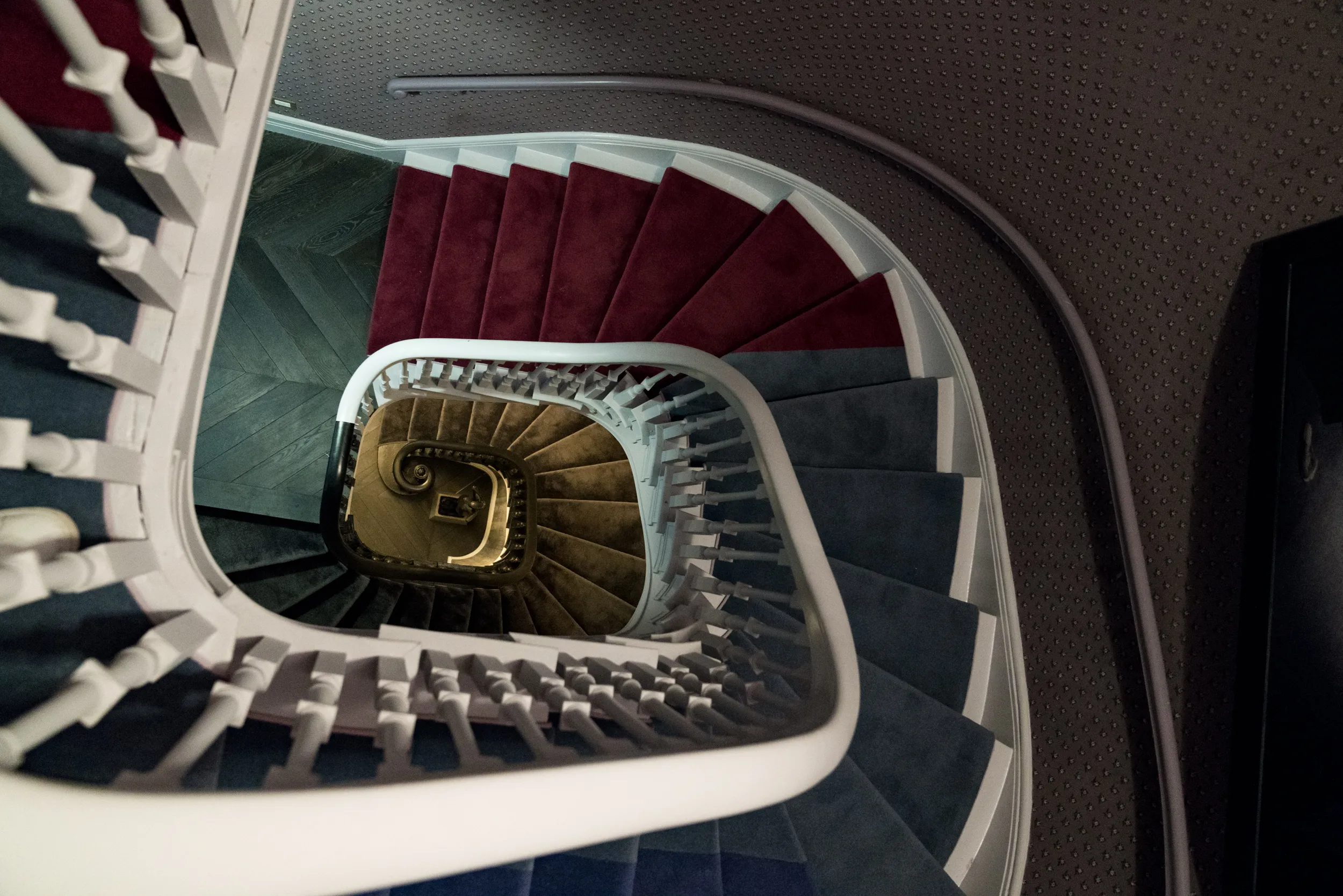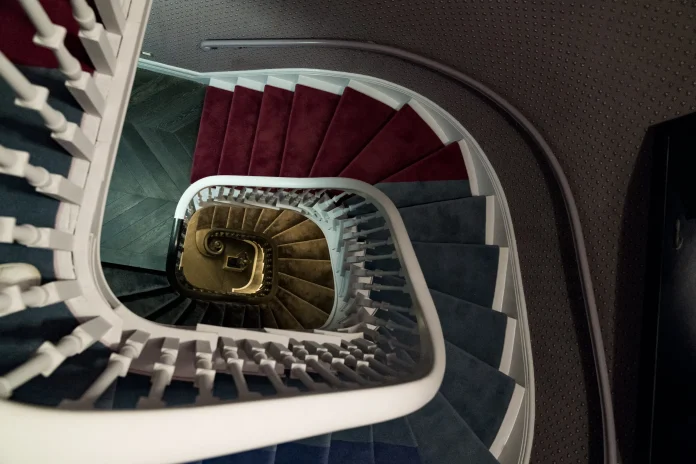As an architect who has studied and designed buildings from various eras, I cannot help but reflect on the architectural mistakes of the 1900s. While the 20th century saw a lot of innovation and progress in the field of architecture, it also saw some significant mistakes and blunders that have had lasting impacts on the built environment. In this article, I’ll explore some of the worst architectural mistakes of the 1900s and their impact on our built environment.
The Demolition of Penn Station
In 1963, New York City’s Pennsylvania Station, a grand Beaux-Arts masterpiece designed by McKim, Mead, and White, was demolished to make way for Madison Square Garden. The decision was met with widespread outrage from architects, preservationists, and the public, who saw the demolition as a tragic loss of a historic landmark and a missed opportunity to preserve the city’s architectural heritage. The demolition of Penn Station is now widely regarded as one of the worst architectural mistakes of the 1900s, and it spurred a renewed interest in historic preservation and the importance of preserving our built heritage.
The Pruitt-Igoe Housing Project
The Pruitt-Igoe housing project in St. Louis, Missouri, was designed in the 1950s as a model for modern, high-density public housing. However, poor construction quality, lack of maintenance, and social and economic issues led to its decline and eventual demolition in the 1970s. The failure of Pruitt-Igoe is now seen as a cautionary tale about the dangers of relying on architectural and urban planning solutions to solve complex social and economic problems.
Also ReaD: 17+ Types of Cactus in Arizona – Cholla Cacti Plants, and Flowers
The Boston City Hall
Designed by architect Kallmann, McKinnell and Knowles, Boston City Hall is a Brutalist building that was completed in 1968. While it was initially praised for its innovative design and use of raw concrete, it has since become a controversial and divisive building. Critics argue that its harsh, fortress-like appearance is out of place in the historic city center and that its design is not welcoming or user-friendly. The Boston City Hall serves as a reminder that architecture is not just about aesthetic considerations but also about how a building interacts with its users and the surrounding community.

The Tilted Arc
The Tilted Arc was a controversial public sculpture by artist Richard Serra that was installed in New York City’s Federal Plaza in 1981. The sculpture, which consisted of a 120-foot-long curved wall of steel, was intended to create a new public space in the plaza. However, its imposing size and the way it disrupted the flow of pedestrian traffic led to widespread criticism and calls for its removal. The Tilted Arc was eventually dismantled in 1989, and its controversy serves as a reminder that public art and architecture must be designed with the needs and desires of the community in mind.
The Pruitt Health Hospital
The Pruitt Health Hospital in Fort Valley, Georgia, was designed in the 1960s as a “patient-centered” hospital that emphasized natural light and a connection to nature. However, the hospital’s design was flawed, and it was plagued by issues such as poor ventilation, leaking roofs, and inadequate heating and cooling systems. The hospital eventually closed in 2002, and its failure serves as a reminder that good design is not just about aesthetics but also about functionality and performance.
In conclusion, the 1900s saw some significant architectural mistakes that have had lasting impacts on our built environment. From the demolition of Penn Station to the failure of the Pruitt-Igoe housing project, these mistakes serve as reminders that architecture is not just about aesthetics but also about functionality, user experience, and social and economic considerations. As architects, we must learn from these mistakes and strive to create buildings and public spaces that are not only beautiful but also functional, sustainable, and responsive to the needs of their users and the surrounding community.
